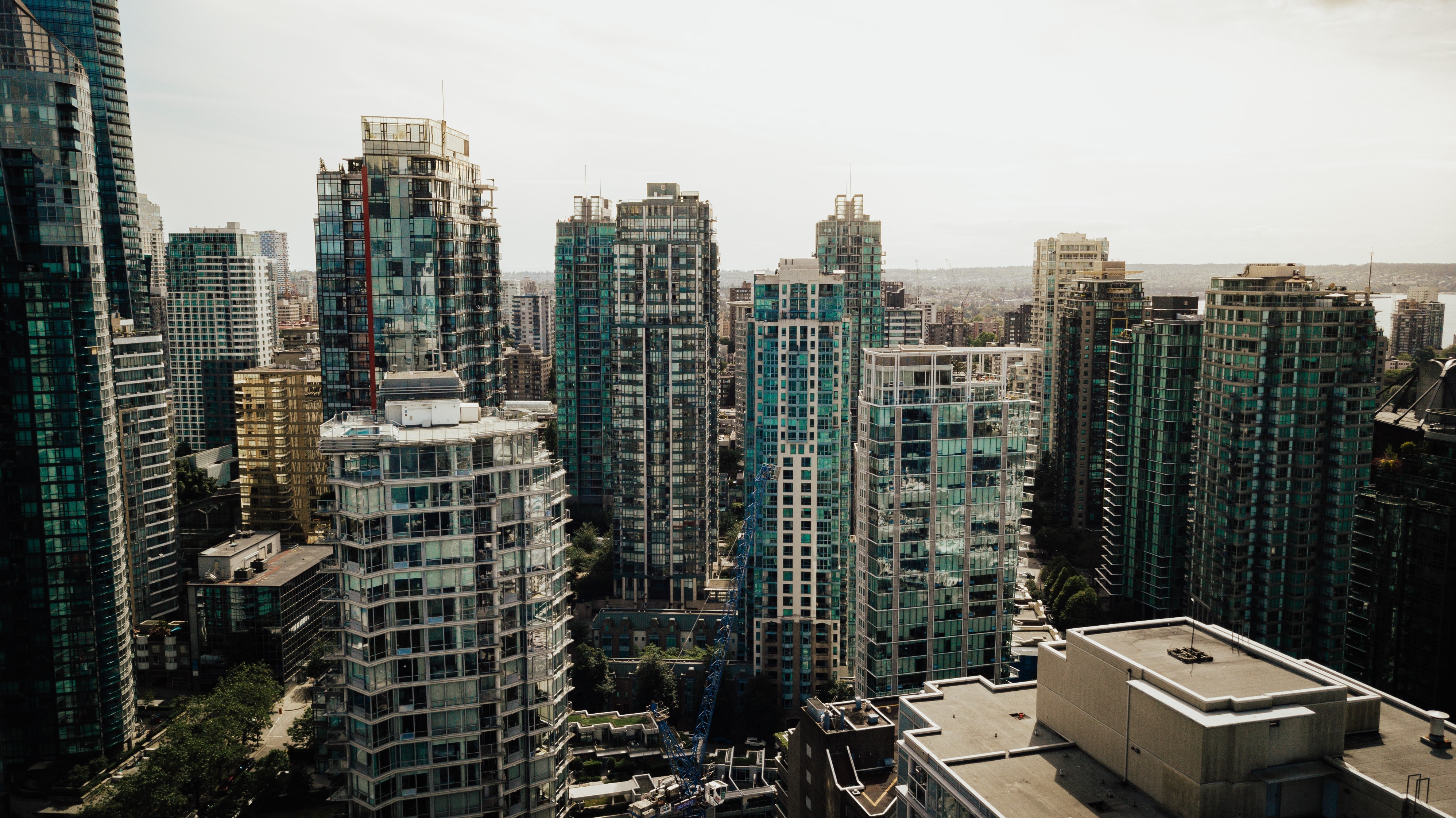Dedicated locality research platform

Whenever we buy any kind of property whether it is an apartment/flat/land etc, we pay the price of the property and the expenses incurred to register it. Ready Reckoner Rates play an important role in regulating the total price paid by the buyer to purchase the property, and to some extent, ensure that the buyers and sellers are not saving money by paying less. Before we start learning about Ready Reckoner Rates, there are some terms and concepts that one should understand which will just make this process easier.
Stamp Duty: Stamp duty is a tax imposed on the purchase/sale or transfer of assets. For immovable property (land), it is calculated as a percentage of the Ready Reckoner Rates. Governments impose these taxes to record these transactions.
Minimum Selling Price: Minimum Selling price, as the name suggests is a price limit set by the government. Whenever the government wants to regulate the prices of a particular commodity, it sets a Minimum Selling Price (lower limit) and a Price Cap (upper limit). It can be set to regulate demand, safeguard certain occupations and workers, reduce or eliminate all kinds of unlawful activities, etc
Now that we have a fair understanding of these concepts, let's refocus our attention on Ready Reckoner Rates.
Ready Reckoner Rates, also known as Circle rate, is the minimum selling price of a property, set by the State Government. It is the minimum value of an asset, at which it has to be registered at the time of its transfer. Stamp duty charges are levied on it, and no property can be registered at a value lower than the RR rate set by the government.
Purpose
The main purpose of setting a minimum price of a property is to ensure there is no stamp duty evasion, as stamp duty charges are an important source of revenue. The buyer often colludes with the seller and records the property at a significantly lower value to pay a lower stamp duty charge and property tax. They register and pay the lower amount and settle the difference in cash. This helps sellers to save on capital gains tax, while it helps buyers in saving on stamp duty. This results in a loss of revenue to the government through stamp duty and taxes and it also results in the increase of unaccounted black money in the society.
Every property has 2 values; values set by the government which are the RR rates and the market value/rate of the apartment. As I mentioned above, properties cannot be registered at a value lower than the Ready Reckoner Rates. Let's understand its implementation with an example
Case 1:
Market Rate: 2,000 sq feet
RR Rate: 1500 sq feet
In this case, the market rate is higher than the RR rate, hence the property will be registered at the market rate which is 2,000 square feet.
Case 2:
Market Rate: 1500 sq feet
RR Rate: 2000 sq feet
In this case, the market rate is lower than the RR rate, hence the property will be registered at the RR rate which is 2,000 square feet.
Although it is very unlikely that the Ready Reckoner Rates are higher than the Market Rate, the principle is that the property cannot be registered at a lower value than the Ready Reckoner Rate. The state governments revise it every year to ensure that it is close to the market rate to ensure that the government is not losing money from such an important source of revenue.
Stamp Duty, and how it is calculated with RR rates
As we read before, Stamp duty is a tax imposed on the purchase/sale or transfer of immovable property (land) and is calculated as a percentage of the Ready Reckoner Rates.
Let us assume that the stamp duty is 6% and the Ready Reckoner value of an apartment is 70 lakhs. Hence the stamp duty that needs to be paid is 4.2 lakhs. Now, if the market rate is higher and is around 1 crore, the stamp duty increases to 6 lakhs (6% of 1 crore). However, if the value of the apartment falls to 50 lakhs, the stamp duty will still be 4.2 lakhs, and not 3 lakhs (6% of 50 lakhs). This is how stamp duty is set at a minimum value and cannot be decreased by lowering the value of a flat.
Importance of Ready Reckoner Rates
The Ready Reckoner Rates is a base for the calculation of stamp duty, property tax, and various other registration fees. Therefore, a big difference between the RR rate and the market rate leads to a loss of revenue for the government. Hence it revises the RRR every year to be as close as possible to the market rates. It also helps homebuyers understand the approximate price range of an apartment/ property in an area. Since the RR rates essentially determine the prices, a cut in these rates helps the RE sector to bounce back or progress from a troubling situation, like the pandemic. One can visit https://www.igrmaharashtra.gov.in to check the Ready Reckoner Rates and new developments around it.
Penalty
The Ready Reckoner rate is the minimum value set by the government. If any transaction of immovable property is done at a lower value than the prevailing ready reckoner rates of a locality by 10% or more, the buyer and seller will be liable to certain penalties. According to Section 43CA of the Income Tax Act, selling a property at values at least 10% lower than the ready reckoner rate will result in a penalty of 35% of the difference between the original price and the revised price. It will also be applicable to the property buyer.
“Views expressed are the views of Propscience.com. Any action taken based on the views will be the responsibility of the user alone”